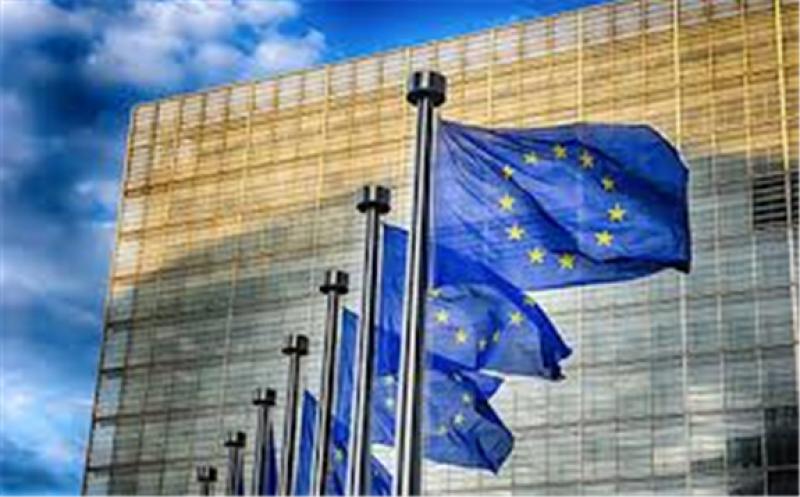Fortum, Statkraft and Vattenfall, three of the largest Nordic energy utilities, welcome the EU’s revised 2030 climate target of at least -55% as a crucial step on the path towards 2050 climate neutrality. The three companies want to highlight three key elements with regards to a swift adjustment of the EU 2030 climate and energy policy framework.

Strengthening and enlarging the EU Emissions Trading System (EU ETS) as a key driver for decarbonisation
The companies fully agree with the European Commission (EC)'s commitment to the EU ETS as the core climate policy instrument. Carbon pricing should be applied as broadly as possible in the economy, possibly supported by other instruments particularly in the non-ETS sectors. The three companies therefore propose a two-step approach for the EC’s upcoming legislative proposal for the revised EU ETS directive:
Focus on a swift revision of the current EU ETS:
Align the Linear Reduction Factor (LRF) with the new EU 2030 climate target from 2023.
Secure a strong Market Stability Reserve (MSR) that can tackle unforeseen imbalances and policy overlaps also beyond 2023. This includes a permanent ‘intake rate’ of 24 % and a narrowing of the activation threshold band (400 - 833 Mt) to reflect gradually declining hedging needs.
Introduce carbon pricing in other sectors such as maritime, heating of buildings and transport, possibly through separate transitional ETS with a plan for future integration under the current EU ETS cap.
Enhancing electrification to accelerate the decarbonisation of the EU economy
Direct and indirect electrification is not only the most cost-efficient solution and main instrument for decarbonising other sectors, but also contributes to realising energy efficiency gains and sector integration. Clean hydrogen should complement the use of carbon-free electricity specifically in hard-to abate industrial and transport sectors.
Substituting fossil fuels with electricity will lead to significant increases in demand for electricity and clean gases. The Nordic group remain fully committed to satisfy this demand with its already large and growing carbon-free asset basis.
Strengthening cost efficiency and markets through technology neutrality
The complementarity of technologies plays a key role in keeping transition costs down and making the energy transition affordable to customers. In this respect, the companies suggest to:
Safeguard the technology neutrality principle in the Taxonomy Regulation by ensuring that the screening criteria are defined objectively and applied evenly in order to enable a full utilisation of existing and new carbon-free power production assets to cost-efficiently deliver on the EU climate neutrality objective.
Promote well-functioning power markets and allow support for less-mature technologies in a transitional phase, such as Carbon Contracts for Difference to cover the cost gap between conventional and low-carbon technologies, and avoid market distortions stemming from such support. It is also key to maintain the unbundling principle for ownership and operation of storage and supply of required flexibility.
Stimulate the demand for carbon-free energy carriers in order to speed up investments in generation assets and infrastructure. Ensure the strengthening of grids and interconnectors across EU regions to enable the full potential of carbon-free electricity and clean hydrogen.